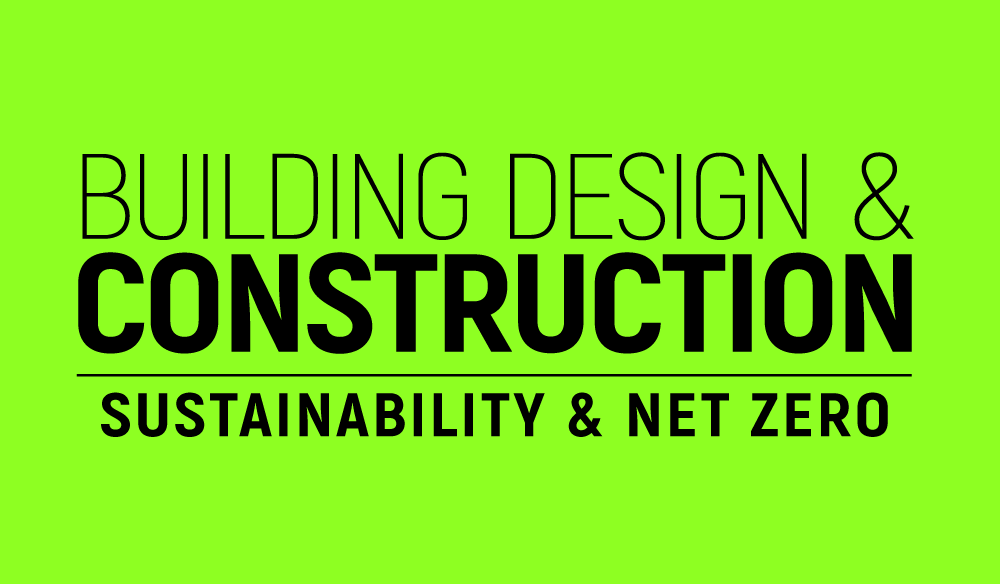What the new EU Buildings Directive means for planning, construction and building technology
Hardly any regulation will change the construction and property industry as fundamentally in the coming years as the new EU Buildings Directive EPBD 2024. Many future topics are now gradually becoming mandatory: CO₂ balances in the energy performance certificate, the phase-out of fossil heating systems, zero-emission standards for new buildings and digital building models for every project. Many people are now asking themselves: Are our existing processes and products still sufficient? What specific requirements will we face? And when? If you wait too long, you run the risk of being left out of tenders, authorisations or financing. The good news is that those who deal with the new requirements in good time can not only avoid risks, but also gain competitive advantages.
The revised EU Energy Performance of Buildings Directive (EPBD 2024) came into force on 28 May 2024. It forms the regulatory framework for the decarbonisation of the European building sector. The EPBD 2024 sets binding targets, minimum standards and verification obligations. All member states must transpose the requirements into national law within 24 months.
The aim of the directive is to make the EU’s building stock climate-neutral by 2050 at the latest. The pressure to act is high: buildings currently account for around 40 per cent of energy consumption and 35 per cent of CO₂ emissions. Three quarters of existing buildings are considered energy inefficient and the annual refurbishment rate is just one per cent.
The EPBD 2024 aims to significantly improve these values. The directive requires specific measures to be taken over the entire life cycle of a building: from planning, construction and operation through to dismantling and disposal. The decisive factor here is not just the energy requirement during operation, but the overall balance of all emissions.
Overview of the five core areas of the EPBD Directive 2024
The EPBD 2024 not only places new requirements on buildings, but also restructures the rules for planning, construction and operation. The focus is on five central requirements:
- Zero-emission buildings become standard
From 2030, new buildings must no longer have any CO₂ emissions caused on site. This will already apply to new public buildings from 2028. Energy requirements must be low and covered by renewable sources.
- Obligation to refurbish inefficient existing buildings
At least 16 per cent of non-residential buildings with the worst efficiency class must be renovated by 2030, and as many as 26 per cent by 2033. National reduction targets for primary energy consumption apply to residential buildings.
- Ban on fossil-fuelled heating systems
From 2025, subsidies for new fossil fuel boilers will be cancelled. The complete phase-out is to take place by 2040 at the latest. Member states can issue national installation bans.
- Mandatory CO₂ life cycle analysis
From 2028, the global warming potential of new buildings with more than 1,000 m² must be shown in the energy performance certificate, and from 2030 for all new buildings. The entire life cycle is assessed.
- Digital building models and monitoring
BIM models, digital verification systems and automated monitoring solutions are becoming mandatory. They serve as the basis for planning, operation, verification and funding.
Why the EPBD Directive 2024 is also changing building technology
With the EPBD 2024, technical building equipment is also moving to the centre of the CO₂ assessment for the first time. In future, pipework systems, insulation materials and distribution systems will have to demonstrate their environmental impact over their entire life cycle: from production to dismantling.
Grey energy is particularly relevant here – i.e. the emissions generated during the manufacture, transport, installation, maintenance and disposal of a building product. In energy-efficient new buildings, it often accounts for more than 50 per cent of total emissions. From 2028, the corresponding data must be included in the energy performance certificate, and from 2030 for all new buildings.
This also changes the role of products. Systems with verified environmental product declarations (EPD) and digital interfaces for BIM models and carbon footprints are required.
How aquatherm contributes to the achievement of objectives with documented pipe systems
aquatherm piping systems are documented in accordance with the future requirements of the EPBD. All relevant environmental data is available in the form of verified environmental product declarations (EPDs). The aquatherm EPDs are based on a cradle-to-gate approach and cover the life cycle from raw material extraction to the factory gate. In addition, the aquatherm environmental product declarations also include modules C (disposal phase) and D (next product system) in accordance with the requirements of EN 15804+A2. The environmental product declarations are not only the basis for CO₂ balances in the energy performance certificate, but also for sustainability certificates such as LEED, BREEAM and DGNB.
Roadmap in several phases
The EPBD 2024 is more than just a technical specification. It is a roadmap with clear deadlines, binding targets and specific requirements. It will be implemented in several phases.
- National implementation strategies must be in place by 2026. Companies should review their processes and prepare verification structures now.
- From 2028, new requirements will apply to large new buildings – including the obligation to carry out CO₂ life cycle analyses and to comply with the zero emissions standard for public buildings.
- From 2030, these requirements will apply to all new buildings. At the same time, mandatory refurbishment requirements will apply to inefficient existing buildings.
The new aquatherm white paper, which can be downloaded at https://info.aquatherm.de/en/whitepaper-epbd-directive, also provides all the important details on the EPBD 2024.
Building, Design & Construction Magazine | The Choice of Industry Professionals





